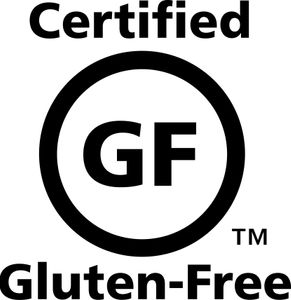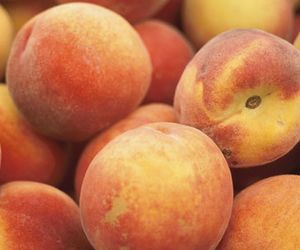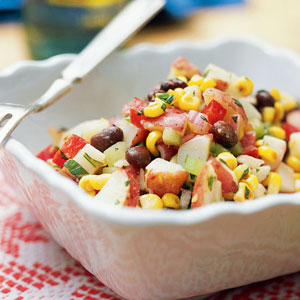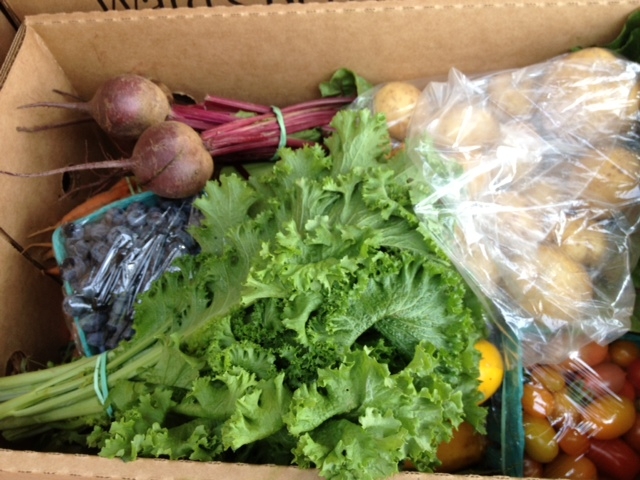By Kelli Swensen, Dietetics Student, Sargent College

While you wont necessarily save money by shopping at the Brookline Farmer’s Market, you will find high quality local ingredients. Last Thursday my friend and I decided to check out the market. Being broke college students we didn’t buy anything, but we did visit each station and even got to try some samples. If you’ve ever been to the Copley Farmer’s Market, Brookline’s is very similar in the kinds of goods you will find.
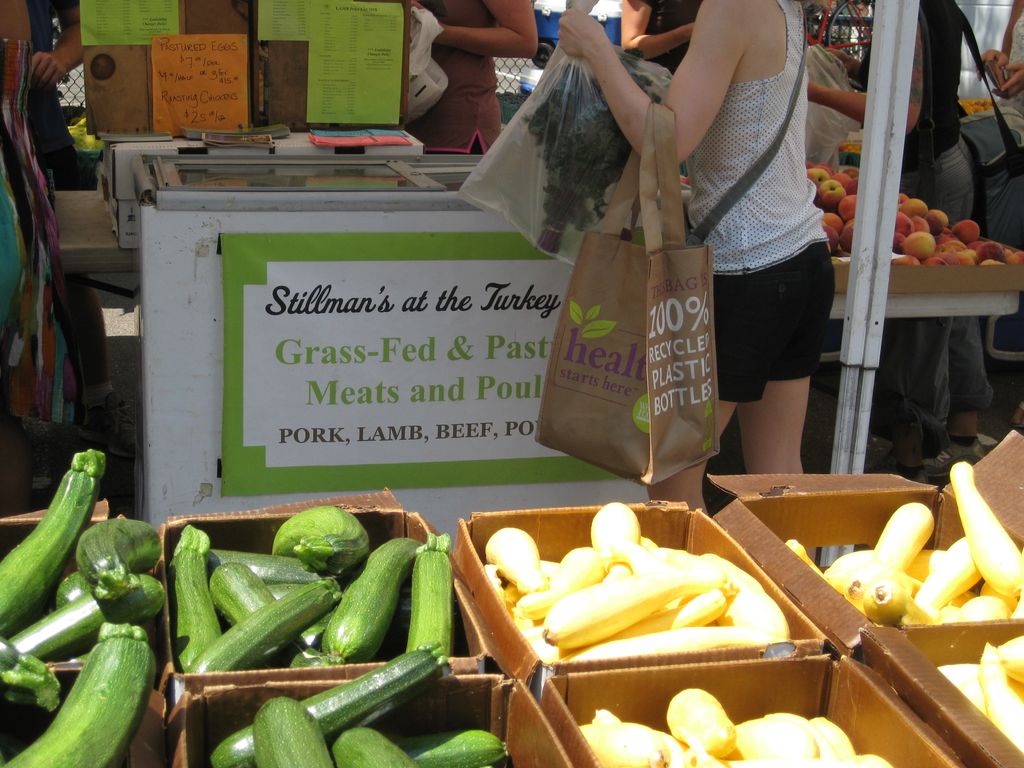
Besides having the obvious produce, some vendors supply grass-fed beef, lamb, fresh eggs, cheeses, homemade pies (we wanted to buy one of the rhubarb pies so badly! I might just give in and get one this week), and numerous other food and home goods.
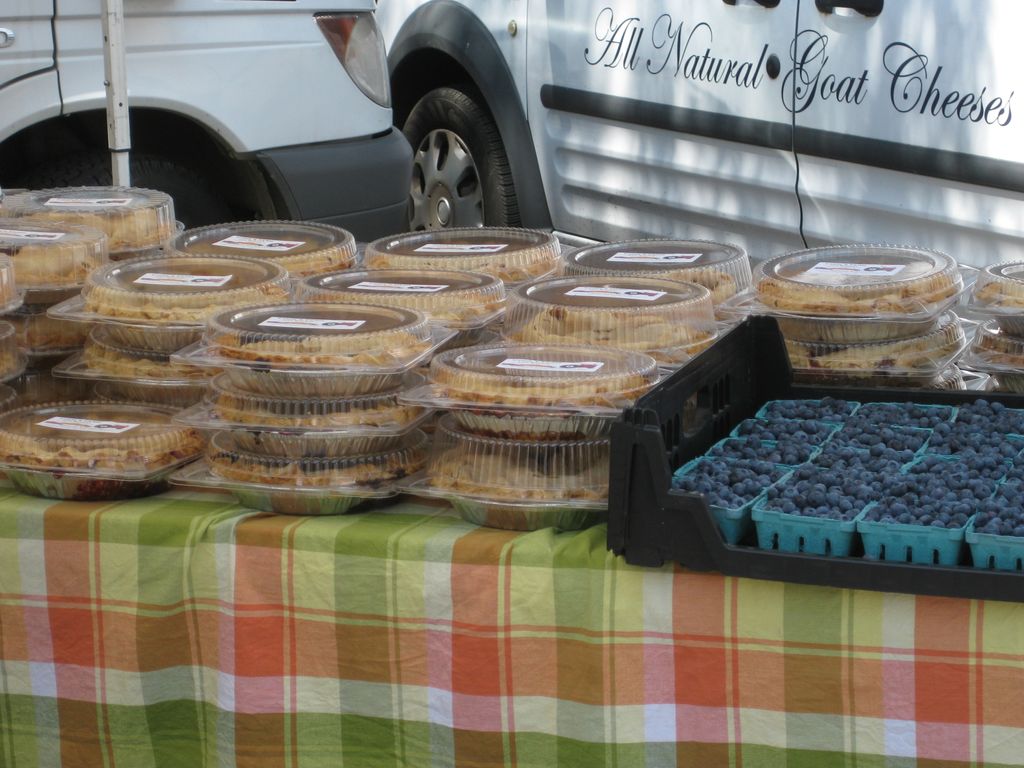
Not surprisingly one of the most popular stands was Clear Flour Bread, which is known for its simple ingredients that come together to make the most airy, flavorful breads. Our favorite samples of the day were gluten-free, all-natural cookies. Rather than being scarily sweet, the cookies had a wholesome, not-too overpowering sweetness.
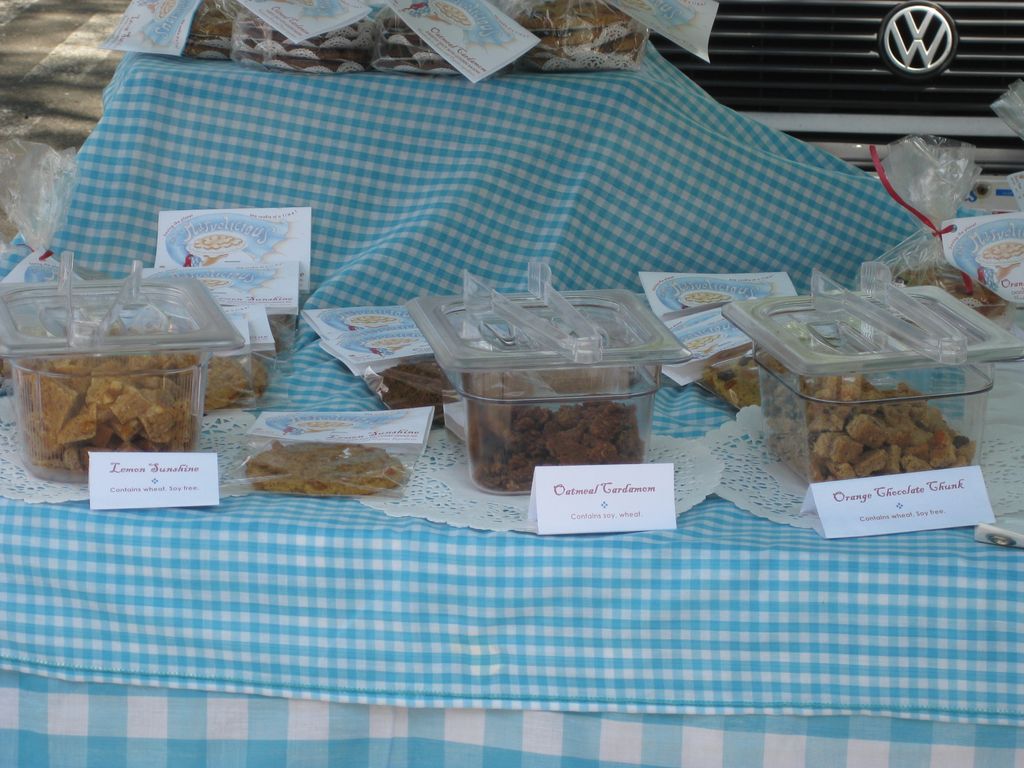
Since we went on a 90-degree day, the longest line was for Trobettas Farm’s ice cream truck. Hailing from Marlborough, MA, Trobettas’ ice cream is made from local, fresh ingredients, and offerings include ice cream, hard serve frozen yogurt, Italian ices, and sorbets.

The Essentials:
What You’ll Find: All local products, most of them at grocery store prices. Goods usually include: in season produce, herbs, cheese, eggs, meat (turkey, beef, lamb), plants and cut flowers, breads, baked goods, ice cream, dips, and handmade crafts, accessories, and glass.
Hours: The market is open every Thursday from 1:30 p.m. – Dusk, and runs until October 25, 2012.
Location: Centre Street, West Parking Lot, Brookline, MA
Getting There: The fastest way using public transportation is to take the C line to Coolidge Corner stop, then walk up Beacon St. to Centre Street.

